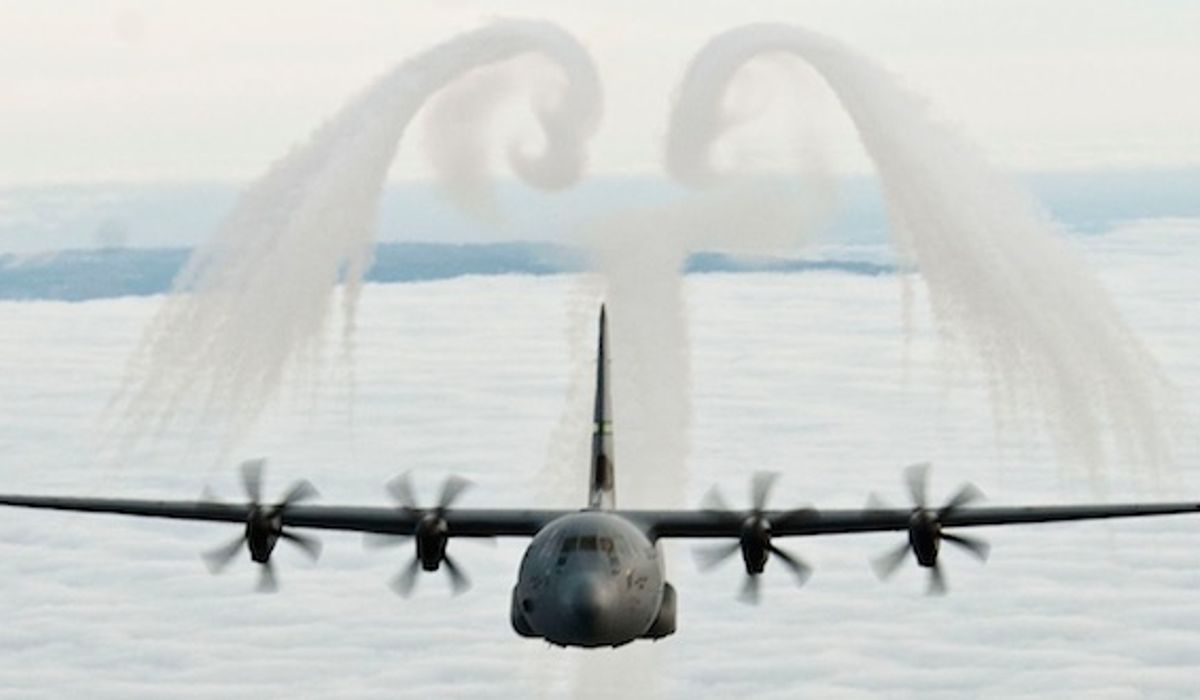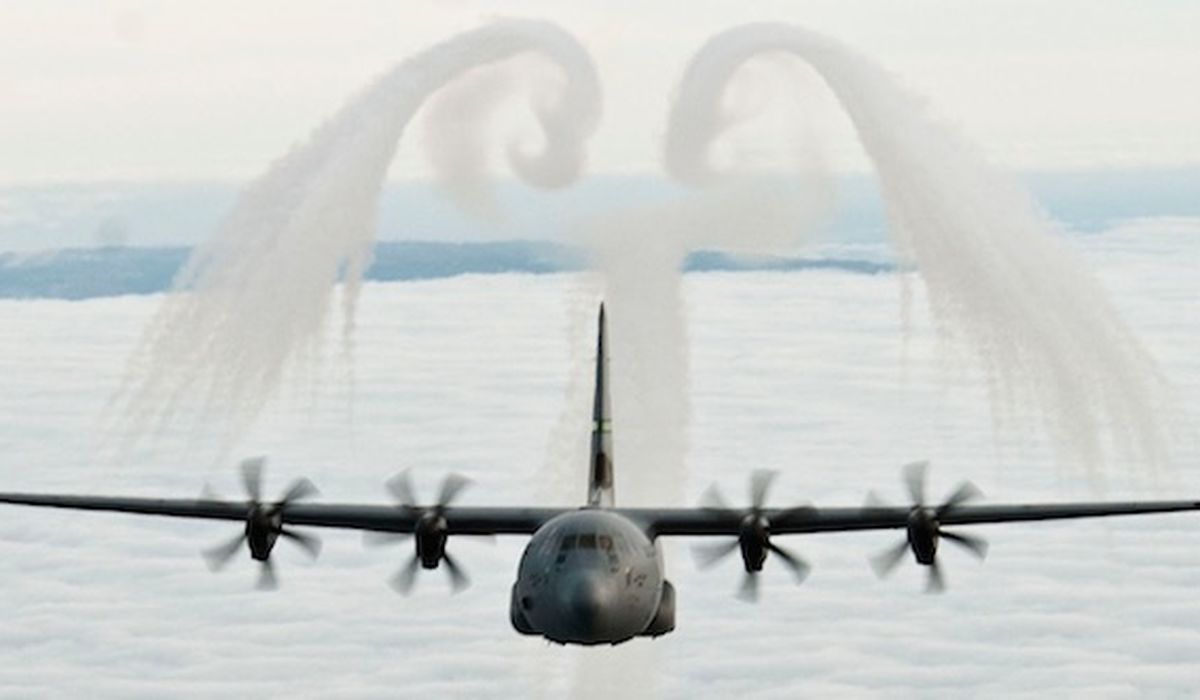
Top Air Force officials sounded the alarm Monday that the U.S. is rapidly falling behind China in the race to dominate the 21st century, and they suggested that Congress‘ refusal to let go of aging weaponry and planes is a military luxury the country can no longer afford.
Such dire warnings from Defense Department officials are common across Washington, with officials trying to justify ever-rising budget requests by laying out a world in which the U.S. slips behind its rivals militarily and needs more money to catch up. But Pentagon watchers say the debate has taken on new clarity and urgency with the chaotic but complete withdrawal of U.S. forces from Afghanistan, essentially clearing the budgetary and strategic decks for the debate on how best to confront a rising China.
Speaking at the Air Force Association’s annual Air, Space and Cyber Conference, military leaders said recent war games and virtual military exercises have exposed potential gaps in U.S. strategy and capabilities and have raised serious questions about whether the Pentagon is truly prepared for a potential showdown with Beijing. The stark message comes as the Biden administration doubles down on its pivot away from the Middle Eastern wars of the post-9/11 era and toward great-power competition with a Chinese government that has made military development a top priority.
Air Force leaders Monday signaled the turn in the debate. They made a case that directly challenged members of Congress who have sometimes stood in the way of retiring old aircraft and other capabilities that are no longer needed but have an outsized impact on a district or state represented by a key lawmaker.
Air Force Secretary Frank Kendall recalled that senators at his recent confirmation hearing agreed that China’s aggressive military buildup posed a threat to U.S. security.
“In the same breath, [they] told me that under no circumstances could the — take your pick — C-130s, A-10s, KC-10s or MQ-9s in that senator’s state be retired,” Mr. Kendall said. “Nor could any base in his or her state ever be closed or lose manpower that would cause impact to the local economy.”
He acknowledged that the Air Force’s most recent budget submission to Secretary of Defense Lloyd Austin challenged congressional directives regarding aircraft the service would like to retire.
“The cost of these aircraft are consuming precious resources that we do need for modernization,” Mr. Kendall said. Congress “seems to have some very strong views on the importance of retaining aircraft that we no longer need and do not intimidate China.”
Building the right U.S. Air Force to compete with China in the decades ahead remains at the center of Pentagon planning efforts. Air Force leaders say they are constantly gaming out scenarios in which American air power must defend Taiwan, respond to aggression in the South China Sea or confront the People’s Liberation Army.
A ‘now problem’
In many instances, the results have not been favorable.
“We must change. We are out of time,” Lt. Gen. Clinton Hinote, the Air Force‘s deputy chief of staff for strategy, integration and requirements, told reporters on Monday. “This is not a future problem. This is a now problem. Unfortunately, we have not changed to the level we need to to reverse the trends.”
“It used to be that when we did our future war games, we were having trouble. … It was a future problem,” he said. But now, “our current exercises, our current training scenarios using the weapons we would use tonight, the people we would use tonight and the platforms we would use tonight, are not going well.”
Gen. Hinote said the U.S. is “at parity” with China in many key areas and rails its rival in several others. Indeed, Mr. Kendall said the Air Force is now confronting a situation that the U.S. hasn’t seen in decades.
“We are not accustomed to contending with a capable peer competitor,” Mr. Kendall said. “We have lost much of our muscle memory of what it means to have a well-resourced, thoughtful and strategic opponent.”
While the Biden administration’s budget proposal made steep cuts in some corners of the military, the Air Force increased its request by about 2.3% to $156 billion. The fledgling U.S. Space Force, which will play an increasingly vital role in future conflicts, had a budget increase of 13.1%, to about $17.4 billion.
Those figures are merely starting points, and lawmakers in the House and Senate ultimately have the final word on funding levels. But the significant increases in budget requests across key areas of the Air Force underscore the urgency with which the Pentagon views its competition with China.
Specifically, the Air Force is looking to streamline its portfolio and cut its overall fleet of fighters from seven to four.
“We are going to have to get out of the business of keeping seven fighter fleets in play all the time. That’s too expensive,” Gen. Hinote said. “There is no modern air force in the world that would do that. We’re going to have to do something different.”
The Air Force will rely on the Next Generation Air Dominance platform, the troubled but cutting-edge F-35, the F-15EX, and the F-16. The A-10 Thunderbolt also will be a part of the mix in the near term, though Air Force officials have suggested it ultimately will be phased out.
But it’s not whether Congress will block efforts to retire other aircraft that the Pentagon says it no longer needs.








